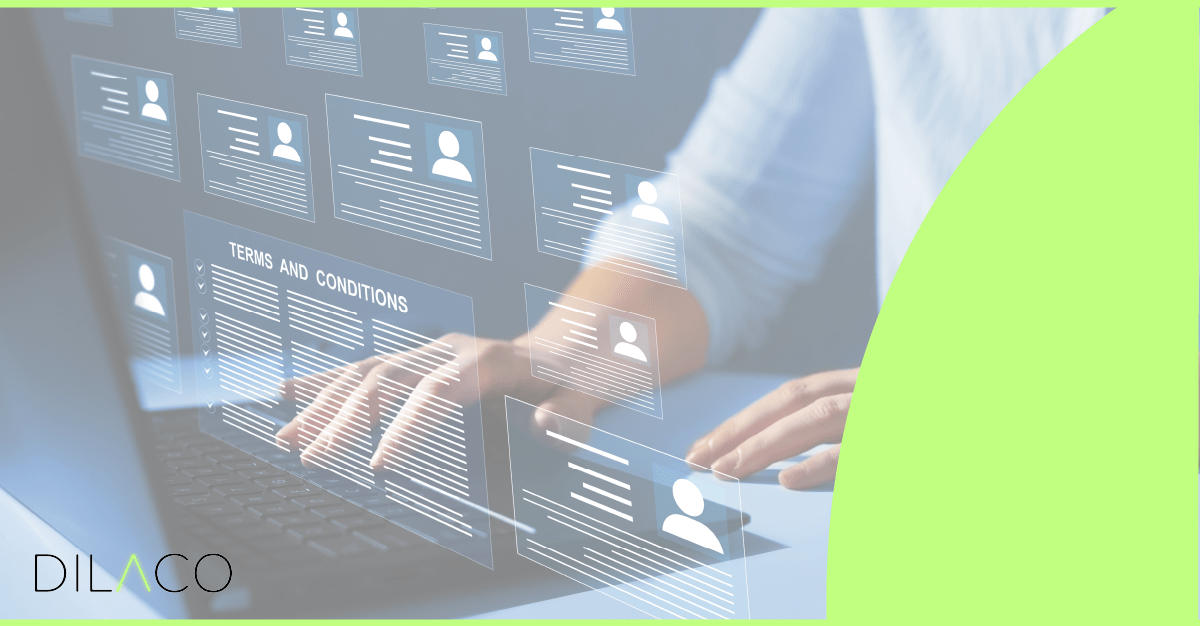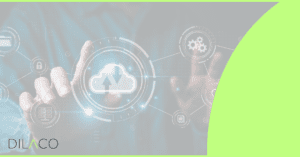Companies heavily rely on a wide array of software applications to streamline operations, enhance productivity, and deliver better services to their customers. However, this increased dependency on software comes at a cost – the ever-mounting expense of licenses. Effective license management is a crucial strategy for organizations to control costs and optimize resources.
In this article, we’ll delve into the importance of license management and provide practical tips to save money without compromising efficiency.
Understanding License Management and its importance
The systematic and strategic approach of acquiring, tracking, and optimizing software licenses across an organization is known as License Management. It is all about keeping track of what software is being used, by whom, and on which devices, identifying opportunities for cost optimization.
A good license management helps with:
- cost control: Efficient license management will allow businesses to evade unnecessary costs by avoiding redundant software purchases and renewals, preventing excessive licenses’ costs
- compliance: It is essential to adhere to software licensing agreements to prevent expensive legal problems and penalties that could result from non-compliance.
- resource optimization: Resources could be optimized by recognizing software use patterns by reallocating licenses where needed and removing licenses from underused applications.
5 tips for saving money through license management
- Conduct an application assessment: By gaining visibility into your software assets, you will be able to identify which licenses are actively being used and which might be underutilized.
- Implement centralized management: A centralized license management system will allow you to track all software licenses, their expiration dates, and usage.
- Opt for volume licensing: Volume licensing frequently comes with cost savings and simplified administration, so if your organization uses multiple software licenses from the same vendor, you should ponder combining them into a volume licensing agreement.
- Implement usage tracking: By tracking application usage, you will be able to identify underused licenses, enabling you to discard the underused ones and to boost your license allocation.
- Consider subscription models: Explore subscription-based licensing options rather than purchasing perpetual ones, when the software will be used on a short-term basis or irregularly.
How to successfully save your time and money
When done right, license management is a great strategic approach to save money and optimize resources. Conducting regular assessments is a crucial step to cut unnecessary expenses and make better use of their software assets.
Many companies might not realize the extent of financial losses due to unnecessary licenses. While they try to estimate costs, the actual expenses often differ. This is because they lack an efficient way to track all applications. Most companies depend on manual data collection, checking documents or asking their teams. However, this process can be time-consuming and prone to errors, especially for larger companies. Some applications might go unreported, and important documentation could be left out of the analysis. As a result, this manual process not only takes time but also doesn’t accurately show the actual application landscape.
With AppScan we will do all the heavy lifting for you. We analyse all applications and provide you with a detailed overview of your application landscape, letting you know which applications are installed and in which devices, while monitoring their use. With that information you can infer which licenses you should discard and which you should keep, helping you save time and money.
Most corporate devices come with a basic set of applications already installed in order to cover the employee’s basic needs. As result, there might be some applications and licenses that are bought and not even used by the employee. For example, let’s say you own an Adobe license with 100 seats, but through the monitoring you become aware that only 30 users are using the license simultaneously. If that’s the case, you can opt for less seats, cutting the costs.
Another possible scenario would be that you read on the monitoring that there are 3 different versions of a same program with 3 different licenses associated. In this case it would be possible to choose one of the versions and discard the other two.
Are you interested in saying goodbye to wasted resources and unnecessary expenses? You can read all about AppScan here.





